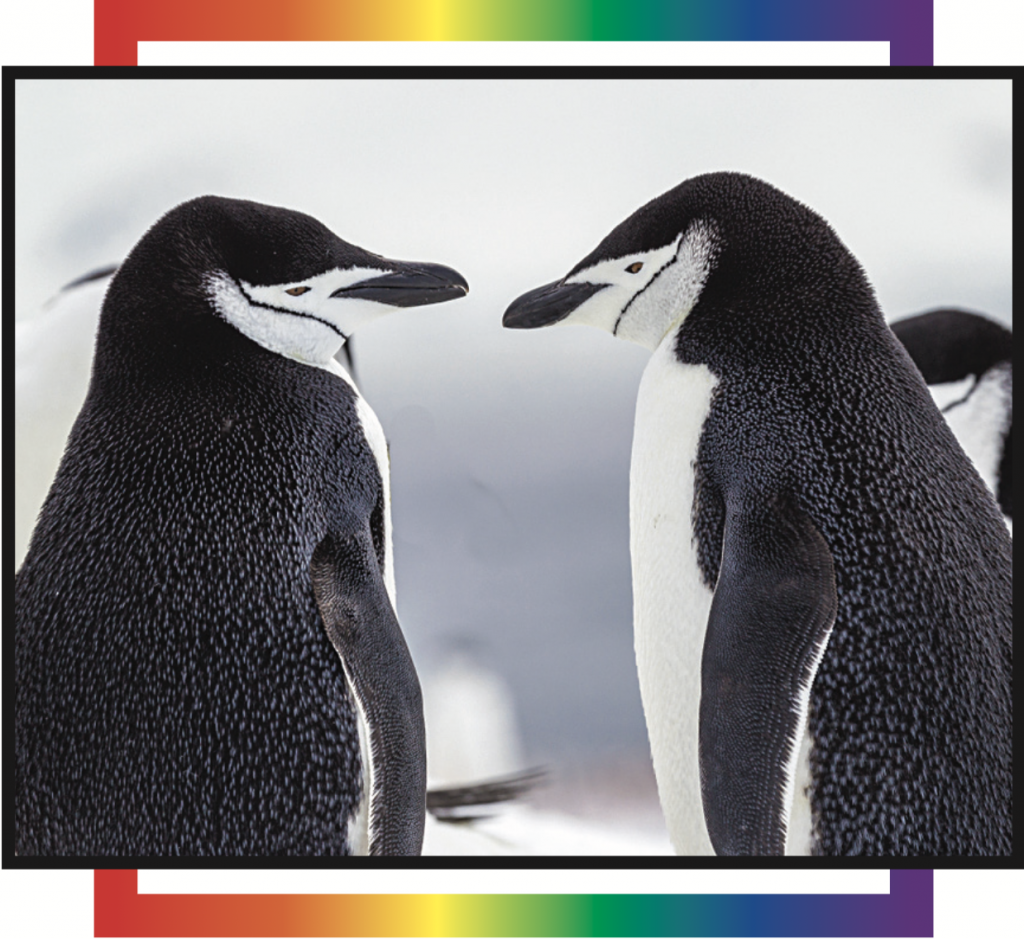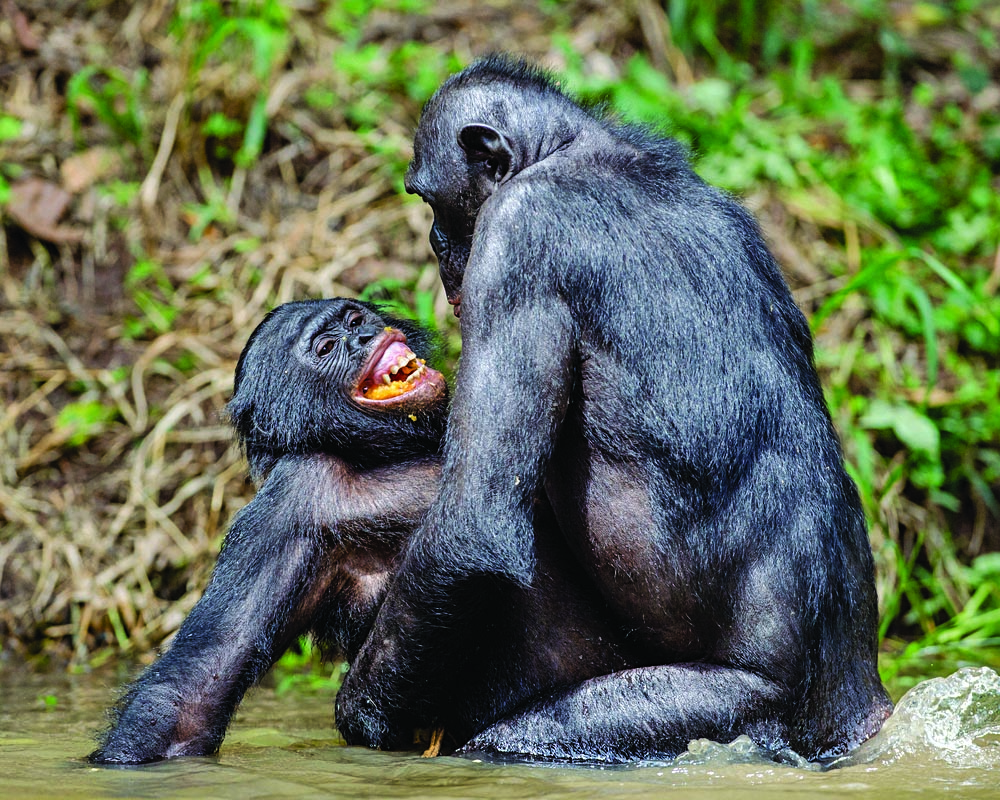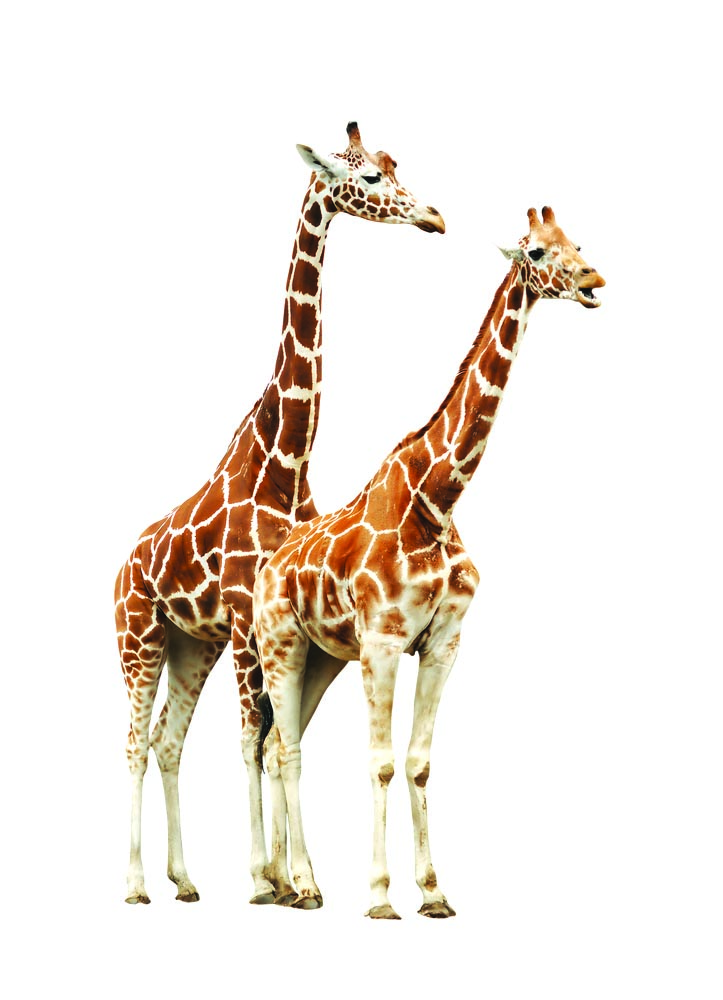Whenever we hear the phrase “the [B]irds and the [B]ees,” we usually think of the awkward talk parents give their children when it is time to explain sex and reproduction. Back in 1928, when gay songwriter Cole Porter wrote his hit Let’s Do It using the lyrics “Birds do it / [B]ees do it / even educated [F]leas do it,” he meant only one thing: sex between a male and a female of the species, as explained in a 2004 National Geographic article by James Owen.
But Mother Nature doesn’t appear to be handicapped by the narrow cultural prejudices of human beings. In his book Biological Exuberance: Animal Homosexuality and Natural Diversity, author Bruce Bagemihl depicts an animal kingdom that encompasses a wide range of sexual orientations and a complicated mosaic resembling that of humans.
Bagemihl says, “We’re not alone in having a range of sexual behaviours. This is something that is all-encompassing.” Although he doesn’t claim to know the motivations of animals, Bagemihl says he does know procreation is not always the driving force: “Same-sex couplings occur in the presence of the opposite sex, and in and out of captivity, and in and out of mating season.”
In certain cases, non-human animals display homosexual or bisexual traits. Sexual activity, bonding, and parenting among same-sex animal couples may fall under this category. Without exception, every major geographic area and every major animal group has some variation of this, as explained by Nathan W. Bailey and Marlene Zuk in their 2009 article for Trends in Ecology & Evolution.
GIRLS WHO WANT BOYS WHO LIKE BOYS TO BE GIRLS
Even within the same species, non-human animals’ sexual activity can take a variety of forms, but gay conduct is most commonly observed among sociable species. For example, penguins are well-known for linking up with a single partner for life, and among these lifelong monogamous relationships are countless same-sex pairings.
Even way back in 1911, the British explorer George Murray Levick observed same-sex Penguin couples at Cape Adare in Antarctica, according to a 2021 PETA article.

Today, Roy and Silo are a famous male-male pair of Chinstrap Penguins residing at the Central Park Zoo in New York City, and they exhibit all the classic signs of pair-bonding, which include neck entwining, mutual preening, flipper flapping, and even sex, while studiously ignoring any possible female mates.
Reggie and Ronnie are another famous same-sex Penguin couple residing at the London Zoo.
MAKE LOVE NOT WAR
Perhaps animals who engage in same-sex activity are simply engaging in self- gratification. After all, sex is an enjoyable activity. As Matthew Grober, biology professor at Georgia State University, says, “If [sex] wasn’t fun, we wouldn’t have any kids around. So I think that maybe Japanese [M]acaques have taken the fun aspect of sex and really run with it.”
The aforementioned Bonobo Ape is an African Primate considered the closest living relative to Homo sapiens. Bonobos somehow have an even larger sexual appetite than humans do. According to Frans de Waal, Bonobos are a ”make love, not war” primate, and the species uses sex to resolve up to 75 percent of all conflicts.
Bonobos copulate frequently, even with members of the same genus. As a way to get to know each other, climb the social ladder, and alleviate tension, they engage in this pastime. Approximately two-thirds of all homosexual behaviors take place between females, but males also enjoy a good roll in the hay.

NECKING GIRAFFES
Evolutionary biologists have a soft spot for Giraffes for a variety of reasons. Because of their elongated necks, giraffes are the tallest living creatures. The process of sexual selection has been credited for developing their stunningly long necks. For example, a Peacock’s tail is showy and a little ludicrous, so it could be one of those runaway qualities we see in males of so many highly sexual species.
The neck is unquestionably an important aspect of sexual and social conduct with Giraffes. Since the 1950s, male-on-male wrestling between them has been referred to as “necking,” said Adam Rutherford in his 2019 piece for Queerty.
Necking, like its human teenage equivalent, is frequently used as prelude to more serious sex. It appears to be similar to many male-to-male competing behaviors that occur before copulating with a female.
They fight, and one of them wins. The key distinction with Giraffes appears to be that males will frequently have penetrative intercourse following an episode of heavy necking.

NON CONTRA NATURAM
When the human debate over homosexuality occurs, opponents of homosexuality frequently trot out the argument that homosexuality is somehow “contra naturam” or against nature. But these examples and the many others that exist in the wild prove the opposite: Not only is homosexuality natural, but it is also everywhere in nature.
Science proves that biology and evolution prevail over doctrine and dogma.






